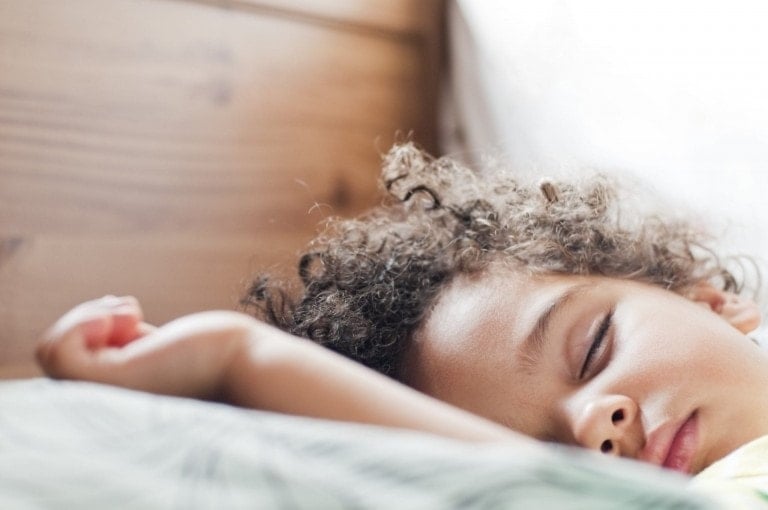Forgiveness is both beautiful and challenging. People might hurt us many times throughout the day, and forgiving isn’t always easy. We need to decide whether to meditate on the situation, punish someone or react to this hurt we feel, or set healing in motion by practicing the art of forgiveness. If we don’t help our children learn the skill of forgiveness, it can open new or deepen previous wounds and bring disconnection into their lives and relationships. So, why is it essential to learn to forgive, and how do you teach your child forgiveness?
Why is Forgiveness Important?
Forgiveness should not be confused with condoning or accepting what someone has done. Offering forgiveness doesn’t mean you have no boundaries; it’s the exact opposite, so it’s essential to learn this distinction. Forgiveness means something different to everyone, but in general, it involves releasing or letting go of resentment or a desire to punish or hurt or seek revenge for another’s wrongdoing. As a famous, fictional ice queen once said, “Let it go!”
But letting go doesn’t mean the hurt or memory won’t always be with you. An important lesson about forgiveness is lessening the grip of that hurt and taking you to a place where you control the situation or sever your emotional attachment to what has happened. A good analogy is getting a sunburn. Once you realize you have gotten sunburned, you can move out of the sun, apply some aloe, and stop yourself from getting burned even further. But you might have the sunburn for a little while to remind you. Forgiveness isn’t forgetting, but it brings peace that allows you to move forward and focus your energies on other things.1
What are the Benefits of Forgiveness?
Ultimately, forgiveness is good for us and our hearts — literally.2,3 People who can forgive are less stressed (stress can influence heart health) and experience improved mental health and well-being. Forgiveness is associated with more positive emotions, higher quality, and positive relationships with others and enhances a person’s sense of empowerment. When we forgive, we also choose connection over disconnection, which protects relationships we value. All these things are good for the body and mind. As parents, we want to set our kids up to be happy and healthy, and teaching children about forgiveness is one significant way we can support this.
Tips for Letting Go and Forgiving Others
Forgiveness Doesn’t Mean Forgetting
Teach your child that forgiveness isn’t about forgetting. This is about naming their boundaries and communicating that they are willing to move past things. For example, saying, “I didn’t like it when you called me that name, but I am willing to let it go. In the future, please do not speak to me like that.”
Give the Feeling a Name
Name that feeling! Before you even get them to consider forgiving someone, acknowledge their feelings. Not only so your child feels heard by you (which goes a long way to reducing their potential distress), but if they feel disappointed, angry, or sad, then it will help them express themselves more fully when communicating their boundaries or needs in the future.
Have Them Look at Behavior
Try to get them to look behind the person’s behavior. For example, did someone make fun of your child’s new hat? Spend some time exploring reasons why this might have happened. For example, is the other child jealous? Do they wish they had a new hat? Maybe something happened at home, and they are lashing out? Perhaps they want to play but aren’t sure how to ask correctly. Again, you don’t want to send the message that you are excusing people harming your children but helping your child understand why the other person might have acted in a certain way encourages your child to experience compassion and empathy.
Model What Forgiveness Looks Like
Many children won’t understand the value of forgiveness until they are on the receiving end of such compassion. It also shows them that it’s not weak or vulnerable to forgive and takes strength and fortitude of character. If they see you forgive others, or you can forgive them, they will see what it feels like and how to say the words and structure their communication about forgiving.
Learning to let go is a skill like any other. It may take time, and it may be challenging but encourage your child to keep trying. Forgiveness takes compassion and kindness, while anger only brings more anger or distress. So, take the opportunity to help your child learn the art of forgiveness; it will help them focus on connection and support them to lead happier and healthier lives.































